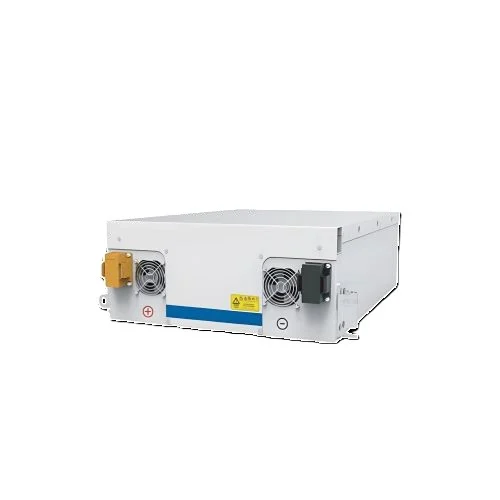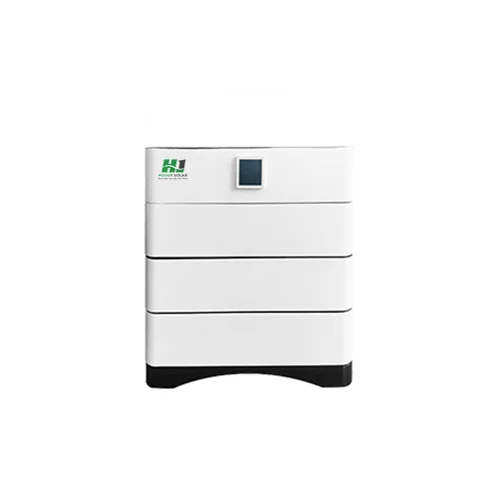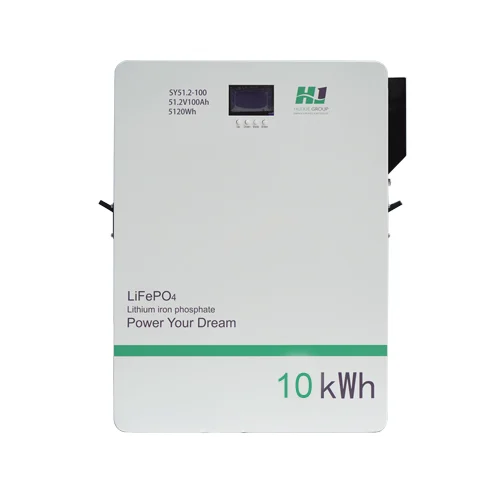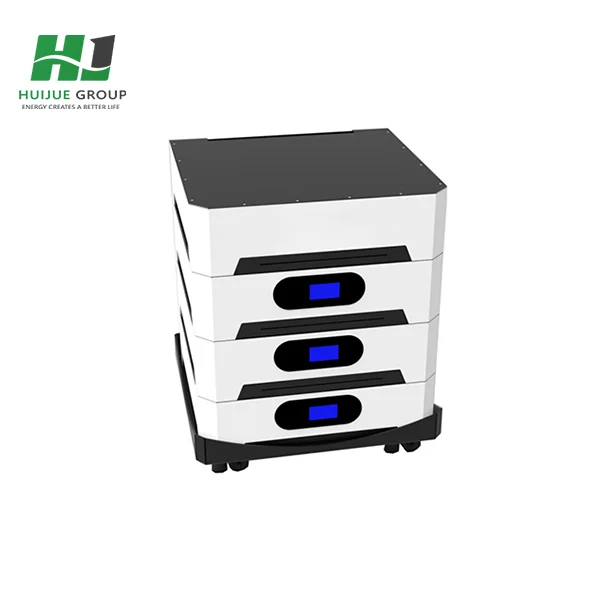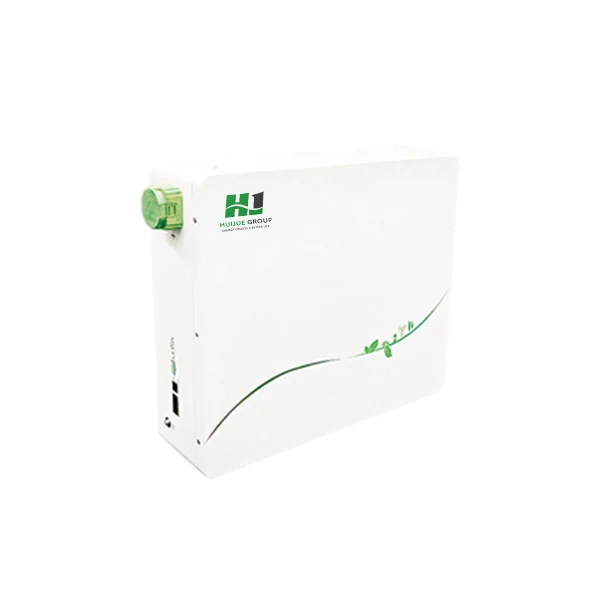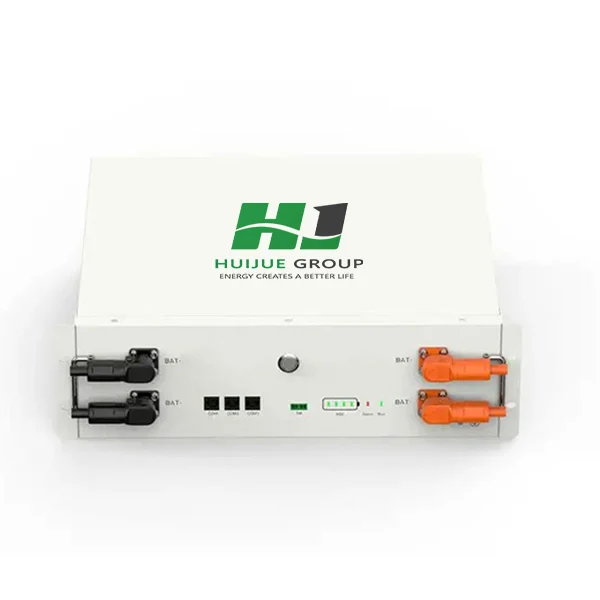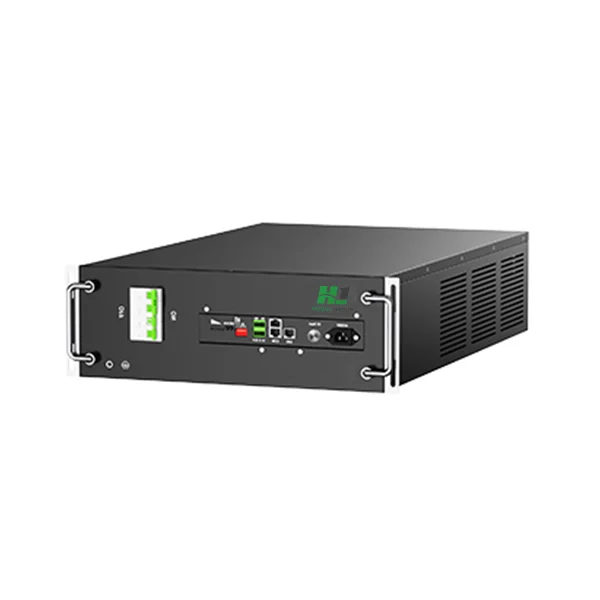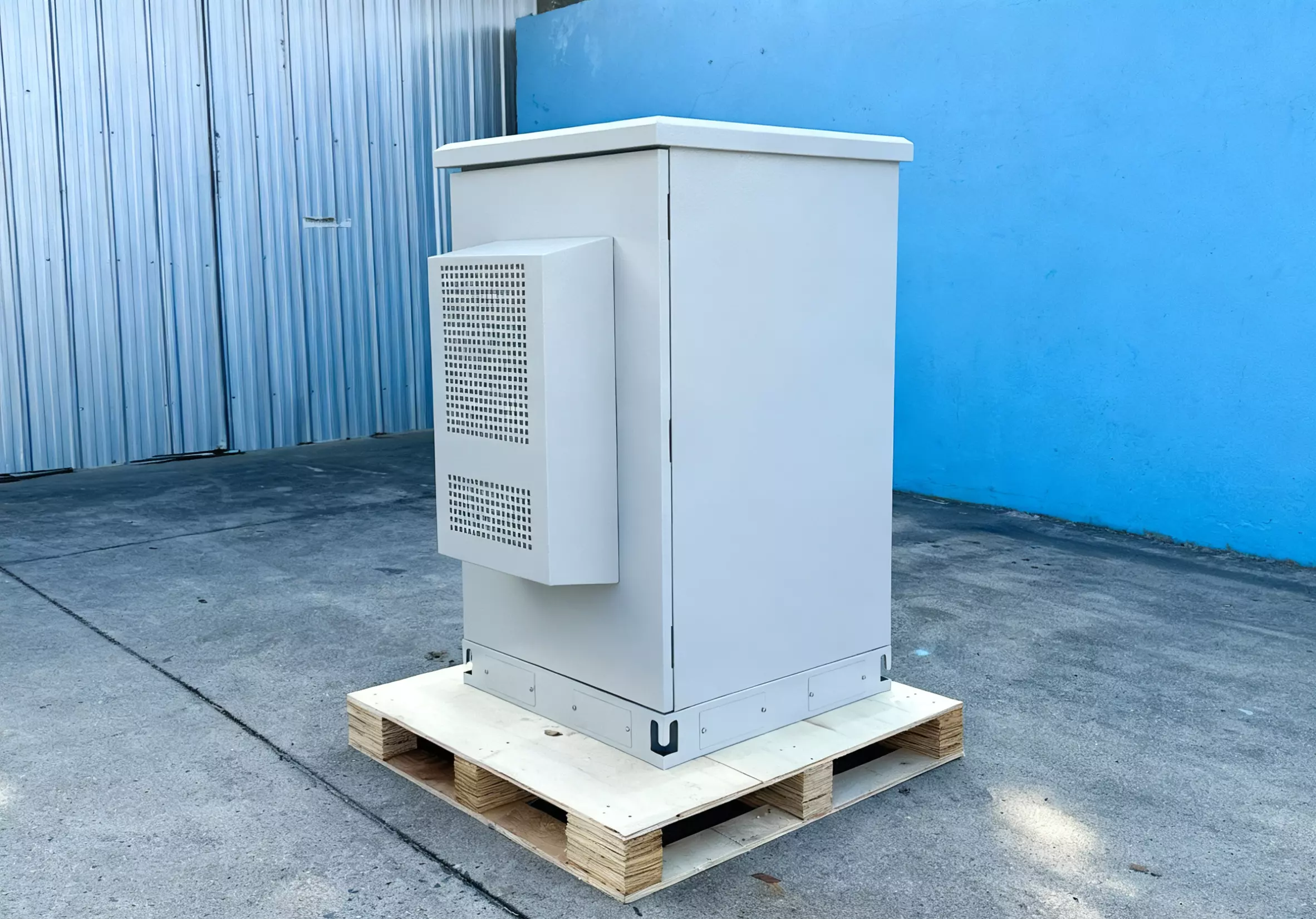What Affects the Safe Charging Current?
Charging the battery of your car is not exactly as easy as just plugging it in. From the kind of battery it is to the capacity of the alternator and the electrical load your vehicle possesses, it all comes into account. Let's look deeper into these elements.
1. Battery Type and Capacity
First, there is the capacity and type of your battery. Different batteries are at different capacities and can safely handle different charging currents. In most conventional lead acid, it further divides into standard and AGM, or Absorbent Glass Mat. The safe charging current is usually around 20-25% of the battery's capacity. Thus, a 100 Ah battery can safely accept a charging current of up to 20-25 A.
For high-performance AGM batteries, the charging tolerance can be a bit higher, sometimes as high as 100% of their rated capacity. But this is not true for most automotive batteries, so it is always better to stick with the 20-25% rule.
2. Alternator Output Capacity
In modern times, the output of an alternator varies from 60 amps to 150 amps with some high-output units reaching upwards of 200 amps. This simply means that a normal alternator can bear quite a sufficient amount of current for charging purposes. However, you should not work the alternator at this maximum output continuously.
Charging a battery to or near the alternator's maximum capacity can cause overheating and efficiency loss, and may also prematurely age the alternator.
3. Electrical Load of the Vehicle
Another lesser-discussed factor is the electrical load put across the alternator by the vehicle systems like lights, air conditioning, infotainment, etc. All this puts a power demand on it in addition to charging the battery and therefore less current is available from the alternator to charge the battery than what the alternator can put out.
For example, if the rating of the alternator of your car is 100 amps, while the applied electrical load is roughly 30 amps, the 70 additional amps would go toward charging your battery.
4. Engine RPM and Alternator Efficiency
The engine's RPM affects how efficiently the alternator generates power. At higher RPMs, the alternator produces more current, which means better-charging performance. However, when the engine is idling or running at lower speeds, the alternator’s output drops. This is why charging efficiency can vary depending on how fast your engine is running, and why it’s essential to avoid relying solely on idle time for charging.
5. Battery Health and Temperature
The charging health is also greatly determined by that of the battery. Old and destroyed batteries have huge internal resistance, thus less efficiency in charging. It is essential to note that low temperatures reduce the speed of charging. This also calls for checking the battery's health.
Safe Charging Recommendations for Alternators
Based on the above factors, here are some practical guidelines for determining the safe charging current for your alternator:
1. For Standard Automotive Batteries (40-110Ah):
A normal alternator, with a capacity in the range of 60-100 amps, will safely charge the battery. For example, if your running vehicle has an alternator rated for 80 amps, it is generally safe to charge a 100Ah battery at 20-25 amps.
2. For Larger or Secondary Batteries (e.g., in RVs or Campers):
If you are charging a secondary or auxiliary battery, say those used in RVs or off-grid setups, then it is best to have what is called a DC-to-DC charger to manage the current being charged. Normally, a DC-to-DC charger provides 10 to 20 amperes of output so that the alternator isn't strained.
3. High-Performance AGM and Lithium Batteries:
Lithium batteries have a much higher tolerance for charging currents than traditional lead-acid batteries. Some lithium batteries can accept as much as 30% of their capacity as charging current. However, AGM batteries can accept higher currents than traditional lead-acid batteries, but the 20-25% rule should still apply to most users.
Potential Risks of Overcharging or Undercharging
This might seem tempting, but overcharging and undercharging are sure ways of causing severe damage. Here's why:
- Overcharging is likely to result in overheating of the alternator, which would cause severe damage to both the alternator and the battery.
- Undercharging means that the battery will not charge adequately, thereby causing starting problems and shortening its life expectancy.
Being enlightened on these dangers is very significant in avoiding severe damage to both your alternator and battery.
Key Takeaways
Therefore, the safe charging current for your alternator would be based on different factors such as the type of battery, capacity of the alternator, and vehicle electrical load. General guidelines in charging at 20-25% of the battery's capacity and not pushing your alternator to the maximum output are very crucial in avoiding both damage to the battery and alternator.
But what if your alternator is always running at its maximum capacity? Does it cause long-term damage to the system? How do you monitor this effectively?
These are issues that should at least be considered in general, but with further advances in automobile technology and higher demands from alternators, these considerations are a must. Minimize your risk with regular system checks, use a DC-DC charger when possible on your secondary batteries, and avoid running at alternator peak for extended periods.
By understanding the safe charging limits for your alternator, you can ensure a more efficient, longer-lasting vehicle electrical system.

